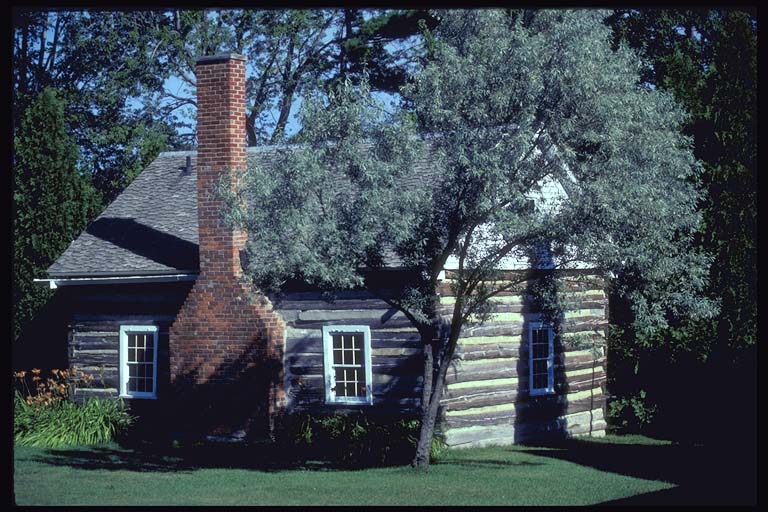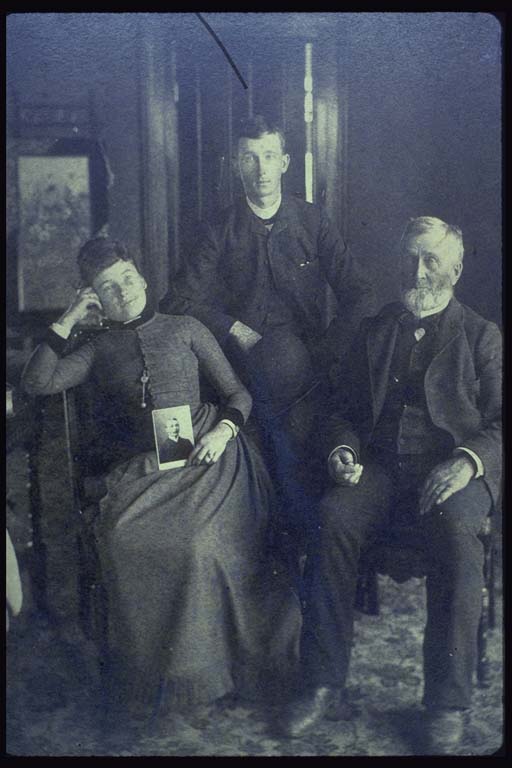
Huron City History
The history of Huron City is divided into three parts:
On January 26, 1837, Michigan entered the Union.

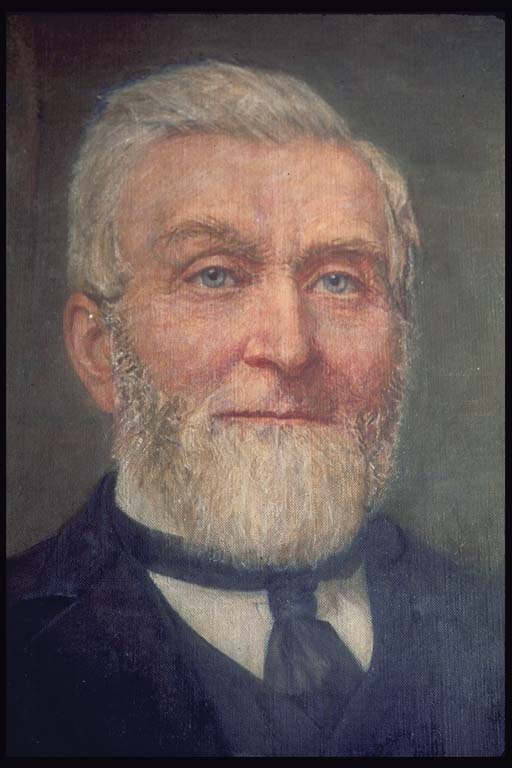
The Hubbards had been in Sanilac County for about 16 years when they began to acquire land interests at Willow Creek at the tip of the Thumb. They were not the first to arrive there. Many years before any permanent settlement was formed, the present site of the village of Huron City was occupied by fishermen. In 1837 Theodore Luce erected a sawmill on Willow Creek, the Indian name of which is Wet-to-bee-wok. The river was vital to the lumbering operations, so that the settlement there became known simply as Willow. Later Mr. Brakeman, of Port Huron bought the mill and after operating a year or two sold it to Dowling & Forbes, also of Port Huron, and they in turn, sold to R. B. Hubbard & Co. in 1856.
In 1854 the head of the steamship lines Captain Ebenezer Ward had been so impressed with young Langdon that he made him a gift of $500 and five years of free ship passage. So it was Langdon Hubbard who went to Willow Creek to manage the operation of this new acquisition. He traveled by ship, since there were no roads at that time, and he had the advantage of Captain Ward’s gift of free passage.
Langdon built a half-mile long dock at the mouth of Willow Creek at a cost of $10,000 to compensate for the lack of a natural harbor, a failing that had hampered the success of lumbering operations in the region before Langdon came there. He built roads into the interior, not just for transportation, but also to claim the land. Now he could harvest the vast stands of huge Michigan White Pine and hardwood forests and get the lumber to market with great efficiency. The White Pine grew to be 6’ to 8’ in diameter and 120’ tall. The lumbermen took only the best 80% of the tree and left the rest. One large tree provided enough lumber to build five average sized homes. There was a worldwide demand for lumber and an eager market.
Langdon settled at Willow Creek around 1855. He built his home there, calling it Forestview because of its commanding view of the forest. Lake Huron lay out of sight beyond the woods. At that time Huron Township embraced the whole county so that Willow was practically the county seat, since it had the largest population of any of the towns. It led the county in self-government by act of the state legislature, April 20, 1855. Willow became known as Huron City in 1861. In a letter to his sister Susan dated March 30, 1862, Langdon wrote:
Now many of you will be ready to come out and live with me and see how lumbermen fare. My house is now done except plastering and painting… We sold 8 million shingles and 5 million lumber last year.
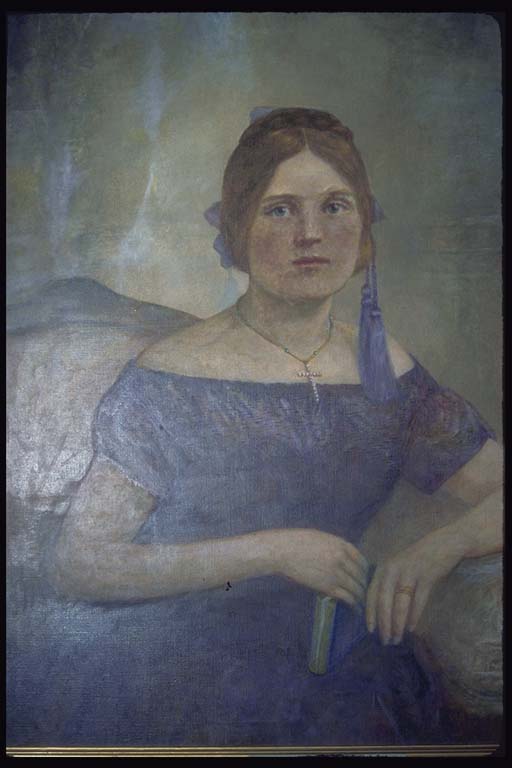
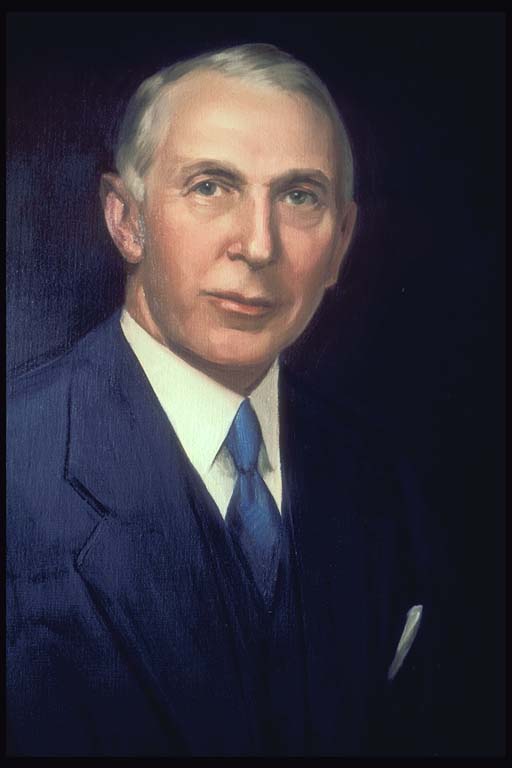
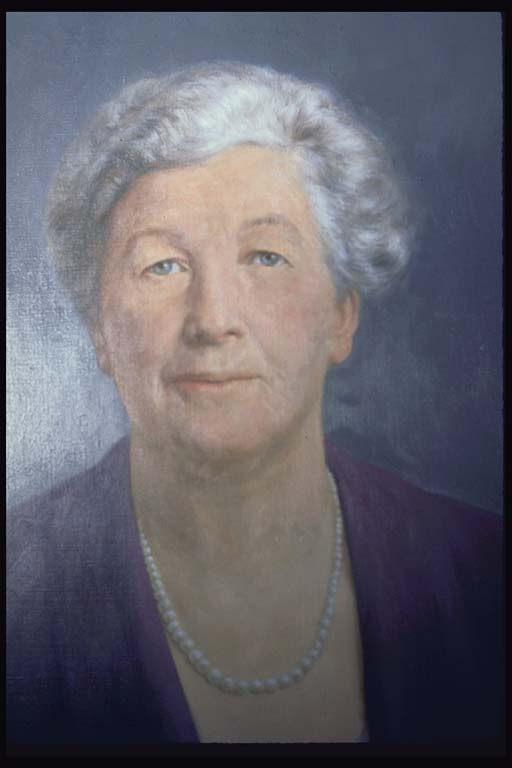
During the 1860’s Langdon’s sawmills had gained prominence for their capacity to produce large amounts of lumber. By 1870 the mills were producing 20,000 board feet per day. The sawmills stood on the banks of Willow Creek, just south of the Pioneer Drive bridge.
Langdon Hubbard made a success of his lumbering operations. During the winter when the ground was frozen, the trees were cut in the forests surrounding Huron City and in the spring the logs were floated down Willow Creek to the sawmill. The creek swelled to a rushing river with the spring thaw and the water level and flow were controlled by a series of cofferdams, making it possible to run the logs down to the mills. The Huron City sawmills cut the logs into lumber, which was transported on mule team rail wagons to the ships at the end of the Hubbard dock, extending a half-mile into Lake Huron, where it was loaded onto ships for transport.
In 1871, a great forest fire ravaged Huron County and burned Huron City to the ground. The forest fires of '71 found the township an almost unbroken forest of very heavy timber, principally pine, hemlock, beech and maple with scattering cedar, black ash, elm and bass wood. In that fire most of the timber was killed and in the course of a few years fell in such dense masses that it was almost impossible for man or beast to pass through it. In fact fences were unnecessary except along the roads.
The loss to R. B. Hubbard & Co. was a very heavy one. Their large warehouse on shore and another one on the dock filled with grain and lumbering supplies, the entire stock of clear lumber for the year, a large quantity of shingles and cedar posts were entirely destroyed. The fire destroyed the mills, docks, store, and the entire village. Langdon Hubbard’s fine home, Forestview, as well as 150 other homes in Huron City were leveled by the fire. The fire started on the same day as the Great Chicago Fire; but the two incidents were only related by the drought conditions that existed that year. A third great fire far worse than the other two took place in Wisconsin at the same time, but Chicago received most of the publicity, even though it was the smallest of the three fires.
The 1871 fire in Michigan was so vast that the smoke affected lake shipping. On October 2, two ships, the Montezuma and the Johnston, collided 40 miles north of Point Aux Barques in zero visibility.
Immediately after the great fire of 1871, Langdon and the firm rebuilt and continued their business until 1878, when R. B. and Watson retired from the company leaving Langdon Hubbard the sole owner of this immense business.
At the same time, Langdon and Jeanette realized that the rigorous Michigan wilderness was not an appropriate place for the Hubbard children to be raised. She and the children had narrowly escaped the flames of the great fire. It had come upon them in the middle of the night, now there was no adequate school or cultural surroundings in which to give them a proper upbringing. So Jeanette took the children back to Connecticut. Her sisters Ann and Susan also helped to raise the children.
He continued to expand operations with the trees that remained. He built a new steam-powered sawmill, shingle mill, flourmill and reconstructed the half-mile mile long dock into the lake. Huron City grew to include stores, warehouses and many homes. Langdon acquired about 30,000 acres of forest by buying land from veterans and via federal land grants obtained in exchange for building roads. One of the roads he built was the sixteen-mile long Huron City Road. The interior land was solid forest and designated “unimproved” so that building roads was a difficult undertaking. But the effort was worthwhile since the terms of the federal land grant were that he could claim the land one mile to each side of the road he had built.
The reconstruction of the Huron City sawmills meant renewed employment for the inhabitants and financial recovery for Langdon Hubbard and his company. During the late 1870’s, Langdon achieved his previous record of 20,000 board feet per day. The wood was pine, beech, maple, ash, elm, and basswood.
Langdon’s children lived in Hartford, Connecticut with their aunts and received a very fine upbringing. In fact, they lived in the same neighborhood as Mark Twain. During this time, Frank, Annabel, and Richard (Langdon’s children) made a good friend of a boy named William Lyon (Billy) Phelps. Frank and Billy were inseparable, learning and playing together. One day when Billy and Frank were out hunting with their guns. They crossed into Mr. Twain’s property and shot some of his prized white ducks. Twain was so angry he offered a large reward for the apprehension of these criminals. Even many years later after Professor Billy Phelps had grown up and become a respected and beloved celebrity in his own right and had become friends with Mark Twain, he never had the nerve to confess that he had been the culprit in the duck-shooting incident.
Langdon himself was an interesting character. Standing only about 5 feet tall, his nickname was “Stub Hubbard”. Despite his small size, he apparently had a large dose of personality. He once brought home two bear cubs for little Annabel to play with and ended up raising them himself. He kept them in the basement at the roller rink and took them out to wrestle until they were as large as he was. Wild boars and wolves also populated the forests. First hand accounts tell of Langdon being chased through the forest by a wild boar that chased him up onto a large tree stump, and of wolves that howled the night away.
By 1881, Langdon Hubbard’s Huron City had prospered greatly and totally recovered from the 1871 fire. But on September 5, 1881, the Great Thumb Fire, vastly worse than the ’71 fire, swept through Sanilac, Lapeer, Tuscola, and Huron Counties, burning 1.2 million acres in just five hours, killing more than 225 people and leaving thousands more homeless. The towering fire storm overran Huron City, with everyone running for their lives to the river and lake. Only one small farmhouse near the lakeshore was saved by the efforts of the men who threw wet blankets on the roof to keep it from catching. It was the home of the widow of James Pottinger, who had lost his life only the previous year in a heroic life saving attempt on Lake Huron. The first night after the fire, it was the only refuge for miles around for survivors who crowded into the little house, where Mrs. Pottinger did her best to accommodate them. Two of the only areas in Huron County that escaped both the 1871 and 1881 fires were Port Austin and Grindstone City, who took in many refugees and offered what help they could. The Great Thumb Fire of 1881 was the first federally declared natural disaster and the first to which the fledgling American Red Cross responded.
When the fires of 1881 came along this timber was in prime condition for the great fire which in its march swept everything before it, Langdon Hubbard alone lost $250,000 in this conflagration.
The fire ended Langdon Hubbard’s lumbering trade. His $8,000 home - Lakeview, 100 head of cattle, the dock and everything else he owned were destroyed. Langdon had lost an estimated total of $250,000 in the two great fires. Surveying the blackened ruins, Langdon said, “Well the ground is left. The fire cannot take away the soil. I will build again.” With his accustomed energy, he set to work, immediately rebuilt his store and also a flouring mill, saw mill, shingle mill, blacksmith shop and several other business enterprises of the village besides giving his attention to farming. With a post office, general store, a rooming house and mills, Huron City was well equipped to serve the northern county farmer. However, most of the inhabitants moved away, so that Huron City never regained its former prominence or population.
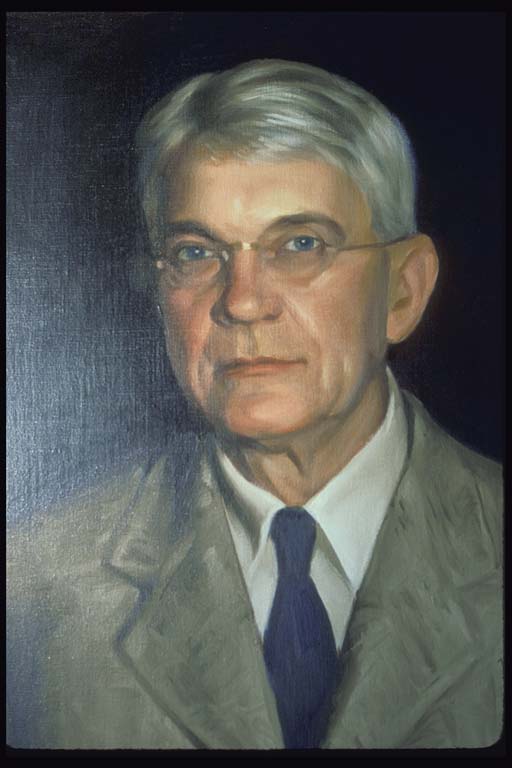
When I first came here in 1883, stepping off the steamer at the end of the new pier, I realized what the pioneers of Huron County had suffered. For miles and miles along the shore I had seen from the deck of the steamer what appeared to be millions of black telegraph poles – they were the remains of the splendid pine forests. It was an unspeakably mournful and desolate picture...
Meanwhile, Langdon and Frank began to sell off the former timber acreage to immigrant farmers and former employees. It was very difficult to claim the land for farming because it was full of tree stumps and rocks, so it sold inexpensively at about $5 to $15 an acre. Even at such low prices, many could not afford to pay for it and needed credit.
Father and son went into business together. Frank established several banks around the county, which extended credit to land buyers. The banks were established in Sandusky, Kinde, Sebewaing, Pigeon, Elkton, Palms, Bad Axe and Kilmanagh.
The only robbery to be recorded in Huron City took place during another of Billy’s visits in 1885. Frank Hubbard and Billy Phelps were at the general store post office when a man, armed with a gun and a handkerchief over his face, came in and demanded the money in the strong box. Frustrated that only $18.00 was in the till, he demanded Billy and Frank’s watches at gunpoint. About a year later, the robber was caught in Caseville, prosecuted and condemned to serve twenty years in jail. Post office robbery is a federal offense. Billy’s watch was returned to him. Dr. Phelps later wrote that this incident was the most fearful of his life.
By the late 1880’s, Frank Hubbard had established himself as one of the most prominent bankers in Michigan. The Hubbards sold off most of their 30,000 acres and kept expanding their banking business. Meanwhile, William Lyon Phelps completed graduate studies and became an instructor of English literature at Yale University. He earned his masters degree at Harvard and his PhD at Yale. Annabel continued to live year-round in Huron City with her father at Lakeview, running her father’s household and helping out with the business. Langdon’s third child, Richard, earned a law degree from the University of Michigan in 1890. He later traveled the world extensively, sending presents to his sister Annabel from the many far away places he visited.
In the summer of 1892, Langdon Hubbard died at the age of seventy-six. Annabel and Billy had planned to be married that year, so there was some discussion about postponing the wedding for a year of mourning. But the wedding took place on December 21, 1892 in the double parlor of Lakeview. Billy and Frank now had a lifelong tie as best friends and brothers-in-law.
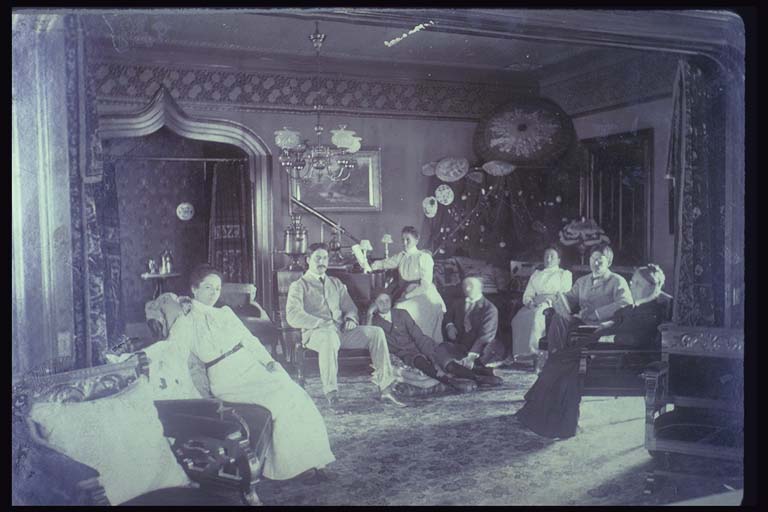
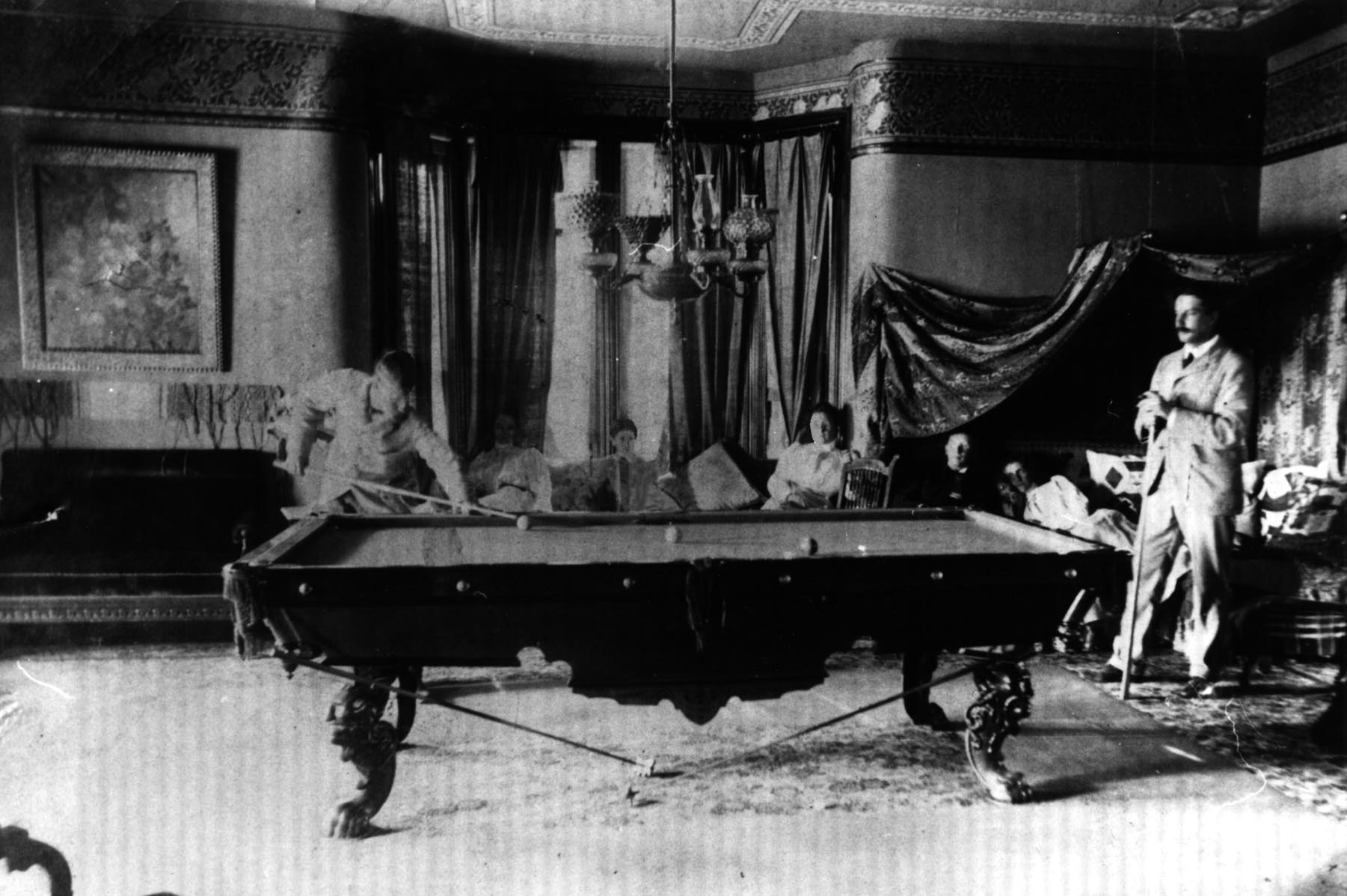
William Lyon Phelps’ career was a long and distinguished one. He began as a young and dynamic instructor at Yale in 1890’s. He was very athletic and played the then brand new game of baseball. He also loved golf and lawn tennis. He studied the works of novelists such as Tolstoy and Turgenev, and in his first year as a Yale instructor, offered a course in modern novels. This course got attention from the international press, which did not endear him to his tenured Yale peers. This was the first time the name William Lyon Phelps became widely known. The young instructor agreed to give up the course for a few years since the media attention was unwelcome to the University. Instead he taught it outside the official curriculum by popular demand of his students. When the attention had died down, he was appointed Lampson Professor of English Literature at Yale. His lecture courses became the most popular and well attended on campus and his school spirit at sporting events was infectious.
William Lyon Phelps became known throughout the world as a leading literary scholar, educator, author, book critic and preacher. He was an engaging and incandescent orator who drew large audiences wherever he spoke. He lectured on the famous Town Hall Lecture circuit nationwide. In the summer of 1922, the pastor of the Huron City Methodist Episcopal Church asked him to preach there regularly during the summer. He had already been preaching there on occasion, but now his Sunday afternoon services began to attract such large numbers of people that the little church was expanded twice, in 1925 and again in 1929, to accommodate the crowds. Frank Hubbard and his wife Elizabeth made contributions to the church, which made the new construction possible.
At the height of Billy’s popularity, between 800 and 1,000 people attended his summer services at Huron City. Billy wrote in his autobiography that the pews would seat 600 people and an additional 400 people could be seated using folding chairs. Some first hand accounts tell of overflow crowds who would sit outside the packed church, listening through the windows.
In 1938, LIFE Magazine sent a reporter and photographer to Huron City to do a portrait of the man they considered to be "America's foremost promoter of the humanities." (LIFE - December 5, 1938 edition) This article and photos are a priceless documentation of the Phelps' Huron City lifestyle. In March of the following year, Phelps' beloved wife and lifelong companion Annabel passed away following a stroke. Billy Phelps returned to Huron City that summer for a final visit, but the memories of his wife Annabel were too strong. He met with his niece, Carolyn Hubbard Parcells and asked her to take the house, since she would inherit it later. William Lyon Phelps lived in New Haven until his death in 1943.
In 1964, the building which had been the United States Life Saving Station #2 became available. Mrs. Lucas acquired it at auction and had it moved from its original location next to the Point aux Barques lighthouse to its present location in the museum village. It was furnished with artifacts donated by the family of Captain Oliver and a special display of Life Saving Service artifacts on loan from Ted Richardson. In 1976, Mrs. Lucas was awarded a certificate of appreciation from the United States Coast Guard for preserving the station and presenting its history to the public.
In 1987, Mrs. Lucas passed away, aged 92. She left the House of Seven Gables to the William Lyon Phelps Foundation to become a permanent display of the museums. Today the Huron City Museums welcome thousands of visitors each year and host events for the community.
